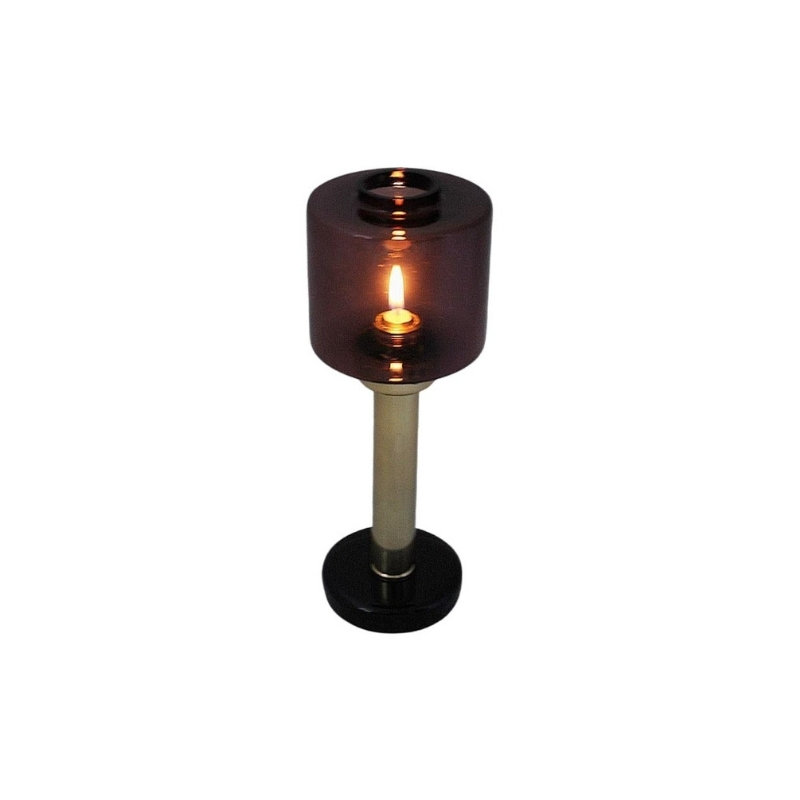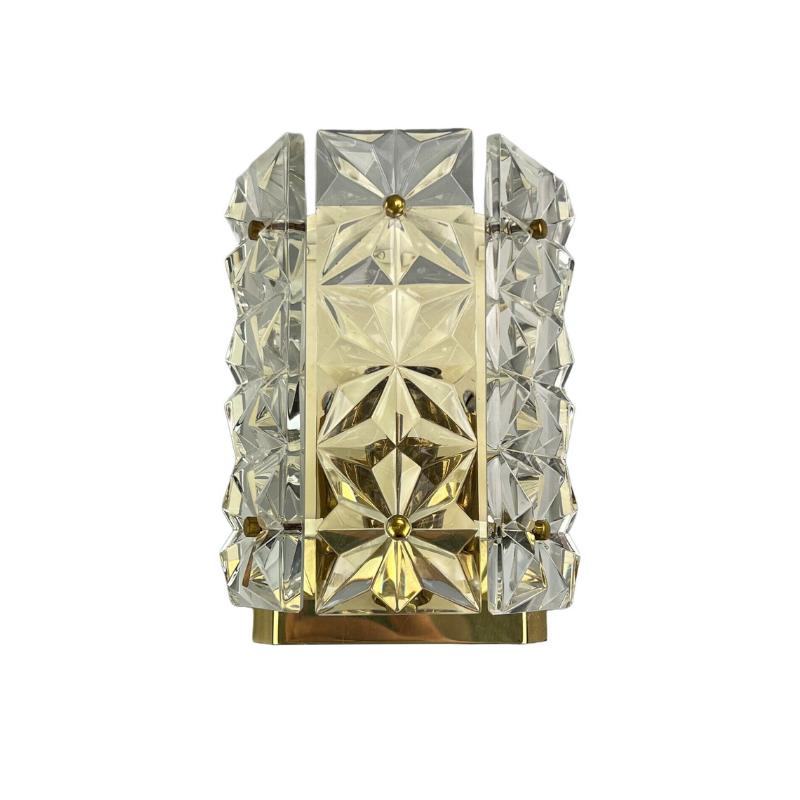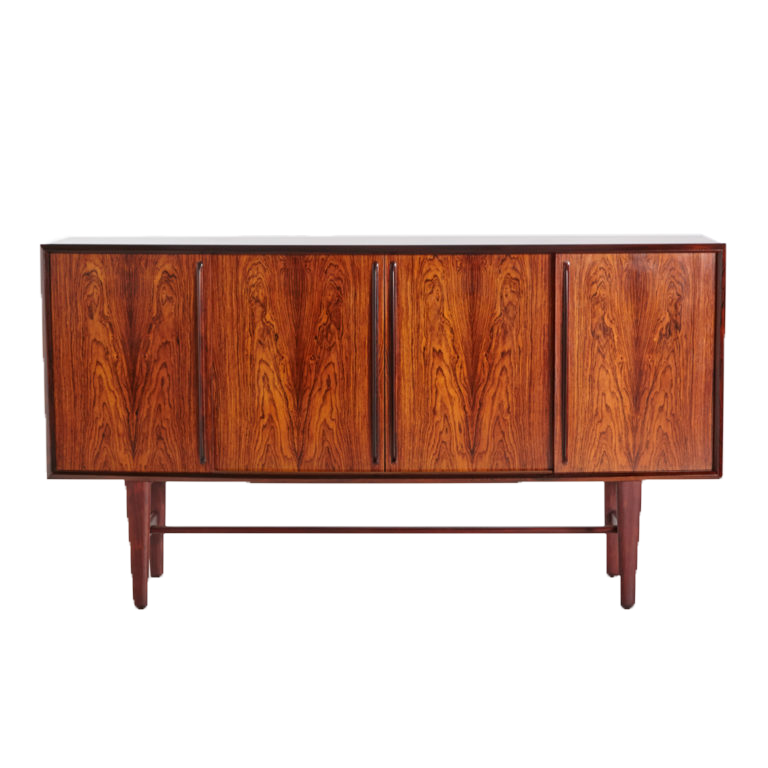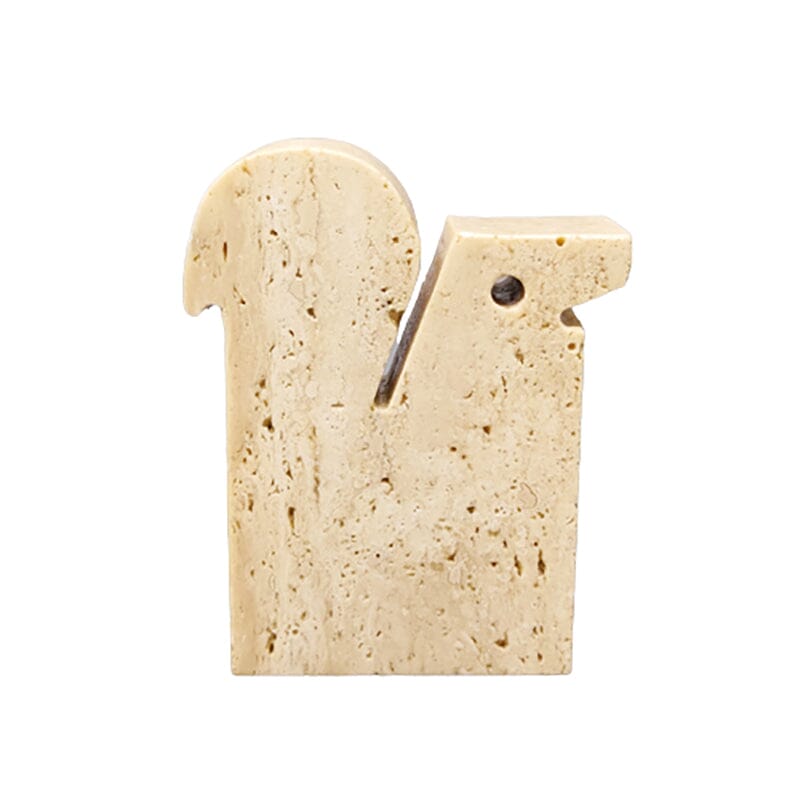The masses got it wrong then...?
.... so for like 100 years, the masses have been wrong all along? All those artists and all the historians, and entire art establishments are "wrong"?
So if they are wrong for 100 years, its still a damned good chunk of time that passes, whole lifetimes in fact, to be in that state of horrible wrongness.
So how was Duchamp wrong? I don't get it. Did he make art for the masses? It would really be hard to make THAT argument. He was a radical. Hardly embraced by the masses Lunchbox. In fact, I would argue that the masses have yet to embrace him, and you are part of that mass that does not.
He used appropriation in a landmark piece-- that echoed for a century and to this very moment influences the approach of creative work across a wide spectrum of disciplines in both applied and fine arts over the whole world.
So being wrong for 100 years sounds pretty good to me.
Well just have to see the ending i guess? LOL
,
Extremely well executed, have you seen it? It may be but did you notice it was pine and that there appears to have been pin borers in it, so...well executed, perhaps only partially.
But thats not where its value is for me, it's in the ideas.
But ideas like a lot of things have little currency these days.
Thats a telling thing actually, if the borer holes were there before it was made...let me tell you a craftsman would have hesitated to use it but an artist wouldn't have, the ones I know anyway, thats not to say its art but its another way to see it.
Hadn't taken the time to look at joinery or finer details...
As it's a Noguchi piece, I just assumed the quality would be there.
Either way, I was referring moreso to proportion and thought process. Obviously Noguchi wouldn't have put his name on something like this without a plan or purpose. If it was actually intended for a specific sculpture, either for compliment or more likely contrast, I would be slightly less confused by it. But even then, it's still merely a platform... for a piece of art.
There are several stone...
There are several stone sculptures at the Noguchi Museum in NY that have bases similar to the one that Wright sold. The wood they are made of is coarse, and has the hallmarks of wood that was salvaged. The reason why these platforms are made that way is because that is what Noguchi's intention was. All of this talk about quality materials, or creating a pedestal that does not looks so crude, or does not have worm holes, is utterly irrelevant, because that was NOT what Noguchi's intention was. In the end, it is what Noguchi intended to express that is what is in demand by those who admire his work, and is what ends up costing a lot of money if you want to possess it.
Noguchi's intention is good enough for me. If I had one of his stone sculptures, I could easily see wanting one of his original platforms. And I would not expect to be able to get one for a few thousand dollars, and certainly not for the ridiculous lowball price that Wright estimated for the one they sold. A pedestal made by either Noguchi himself, or his workshop, selling for $3,000 to $5,000? It is laughable.
that was my first point also..
These examples of the work in context are great. I like the differences in the bases too, as it shows how much they are indeed part of each sculpture.
Its hard to look at these two examples and not see that the base and sculpture are ONE. Not just a "table for a sculpture" The table IS the sculpture too. An extension of the sculpture.
Forget the idea that the platform "is just a base", and then you see the importance of it in true context. Forget giving stone a higher status over wood-- Noguchi doesnt.
Labeling things as BASE and SCULPTURE is a big part of why people make these wrong assumptions. When you simply look with your EYES it becomes obvious. Labels and categories blind people all the time.
I think it was the fact that the base was sold separately-- and therefore objectified as a separate entity-- is what caused the problems in undestanding its value.
Context is so important. When context missing, the meaning is gone.
Also, regarding "labels..."
I do have to admit though, that Noguchi DOES intentionally play around with the idea of the formal separation of "base" and "sculpture".
When I say that for Noguchi, "the base IS the sculpture" I simply mean that both are CONSIDERED as elements of a whole.
He seems to playfully USE the notions of "base" and "sculpture" to create a unified piece.
The fact that he uses wood for the base and stone for the top object does give a nod to the formal convention of stone having a higher status over wood. But that is pretty much where the separation ends.
Its all clearly understood as "relationships" between the two though.
And yes, Lunchbox, I agree. There is a lot of crap in high places at any given time. You are certainly right about that. Sorry I went off on a sideways rant there!
There is much crap in high places that it creates a numbing haze. But this was more a case of context I think.
Lunchbox, you seem to be coming around.
Or, at least, countering your own argument when you state that, "A creator can deem their creation whatever he or she likes. Doesn't make it so." And then, in your very next post, "The masses have gotten it wrong repeatedly throughout history." And in the next, "Alls I'm saying is you can't legitimize, or delegitimize for that matter, anything by pointing to the mob's acceptance or rejection of it."
It has to do with intent. In this case, there's more than enough evidence indicating that the piece is indeed sculpture. That it somehow offends you is a matter of personal opinion and irrelevant.
There is no solution, because there is no problem (-Marcel Duchamp).
The argument that the pedestal isn't artistically "worthy" of the price paid is based entirely on the premise that monetary-value is an accurate standard of artistic-value.
To be outraged that X sells for Y is tantamount to holding Y as your standard of excellence.
Once one rids themselves of this notion, the price paid for a given piece of art can be dismissed for what it truly is-- an incidental detail of little or no meaning.
Ah -- reason
and recognition return to the discussion. Thanks for posting images of Noguchi's sculpture bases in their original context, tchp.
It could be said that the artist turns architectural convention on its head -- in the sense that builders virtually always support their wood structures on masonry bases, in a way that's logical, even essential, in the exterior environment. Indoors, a sculptor is perfectly justified in placing stone atop wood, I guess. The result is certainly pleasing and functional too.
It's good to have a meaty discussion for a change, here at DA. Thanks !
Wow
Really Lunchbox? Nothing more than a stand?
Even when you look at those two rather stunning photographs? Wow. I think now you are just being stubborn.
Clearly you have an eye.
So how can you not see the outright magic in the relationship of wood and stone that is Noguchi? Look at the second photo, please. Tell me that piece of stone is not made more dynamic and alive by the wood element.
Just a stand? Pffffft....
To say it "is just a stand" is like saying the stone part of the sculptures are "just some rock" and nothing more.
Forget the idea of "a stand" and just let your nervous system see--- the shapes and surfaces and the organization of these pieces.
Stubborn stubborn stubborn.
Our collective inability to define art.
If one has nothing better to do...
http://plato.stanford.edu/entries/art-definition/
Reminds me of my years in art school.
Speaking of rocks and objets d'art:
http://www.nytimes.com/2011/10/08/arts/design/los-angeles-county-museum-...?
If you need any help, please contact us at – info@designaddict.com









